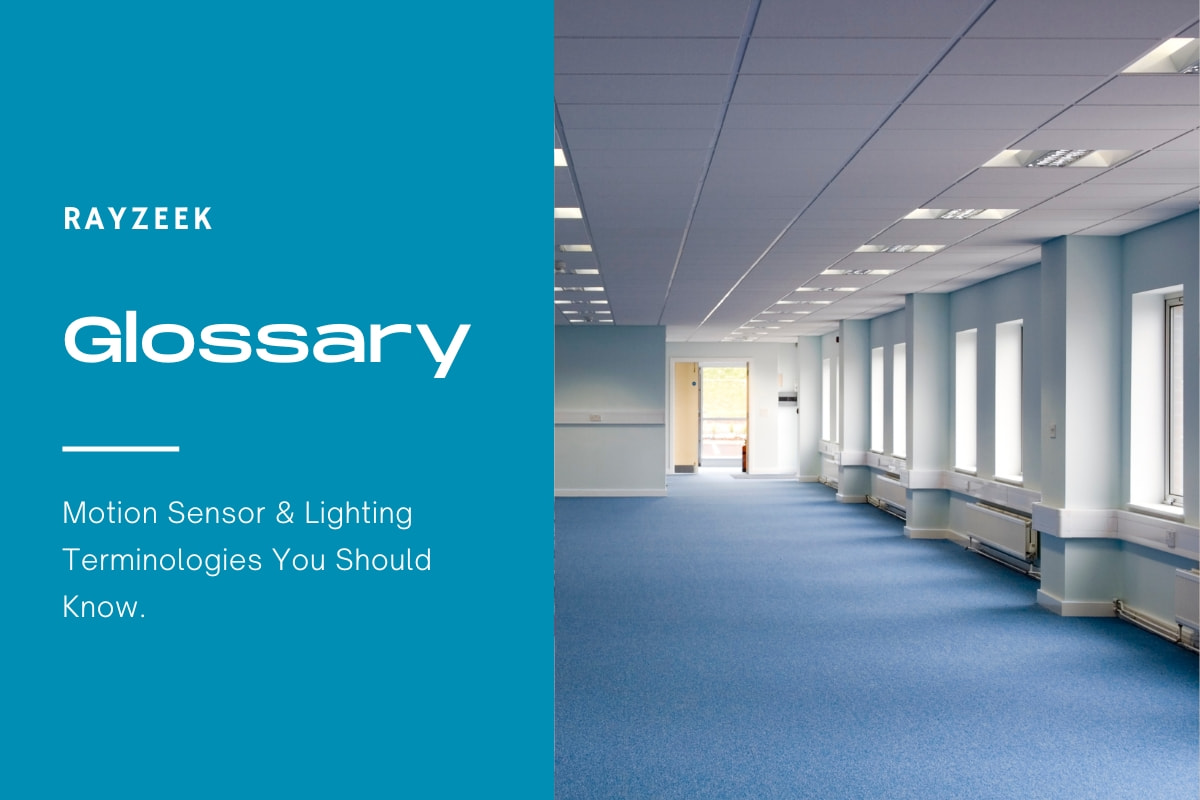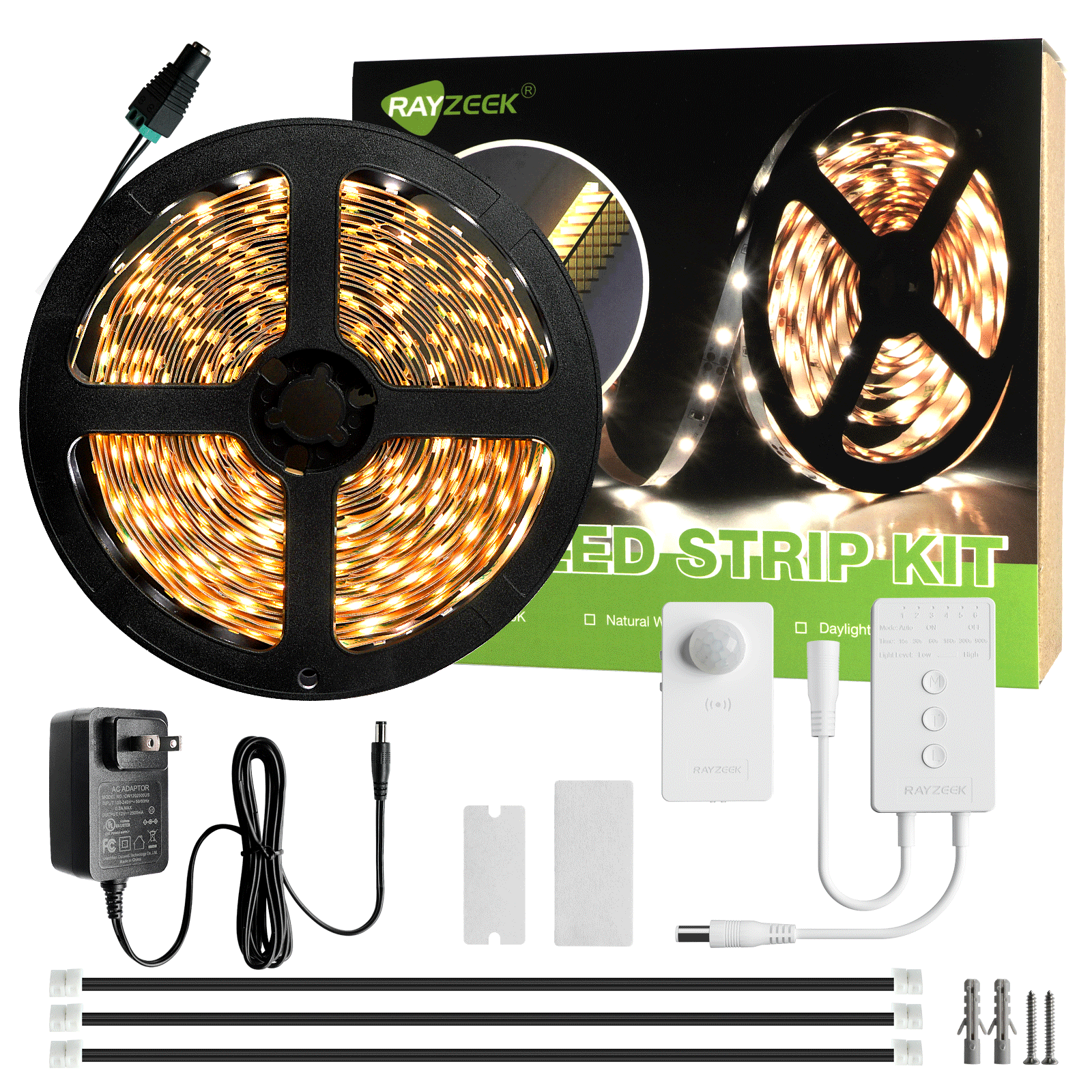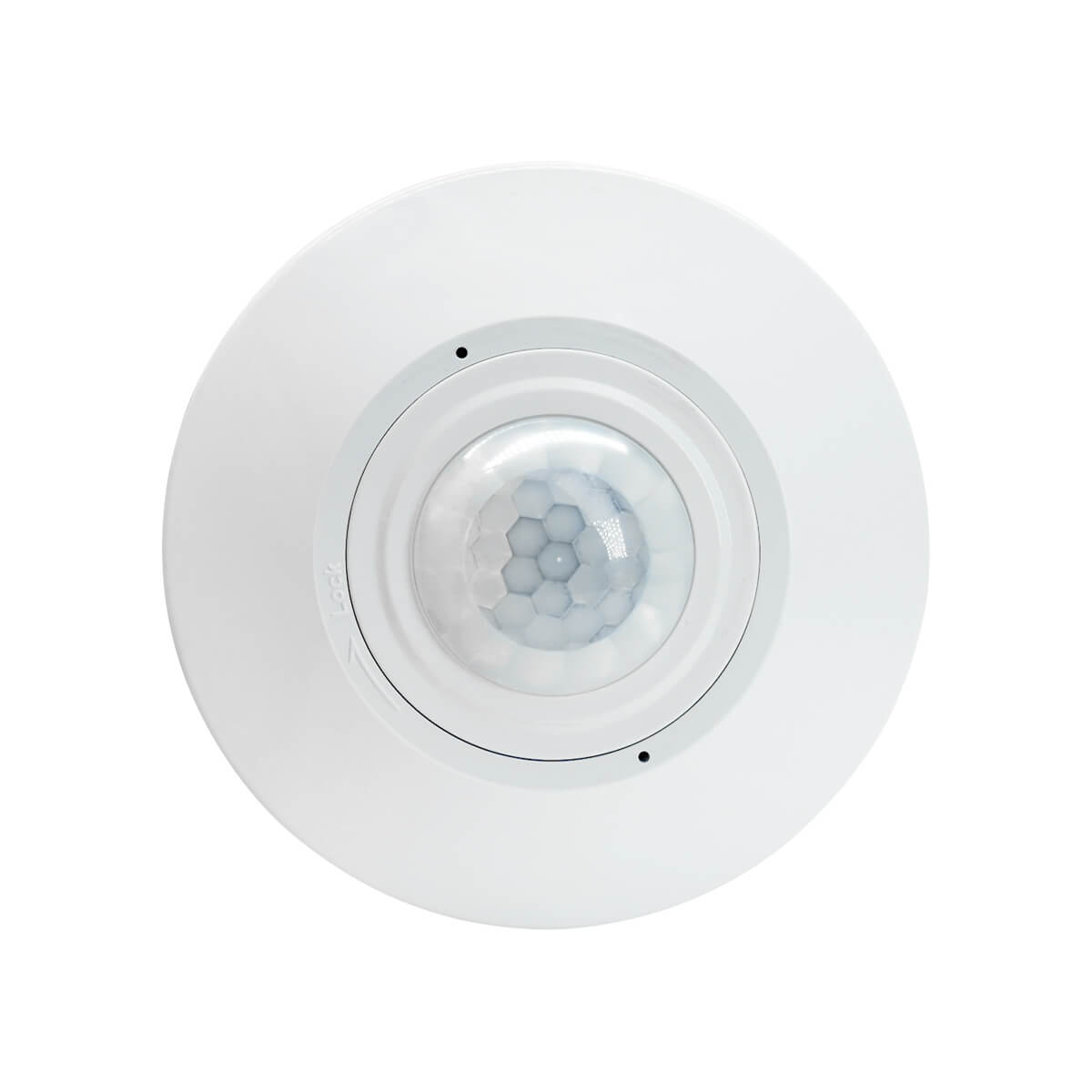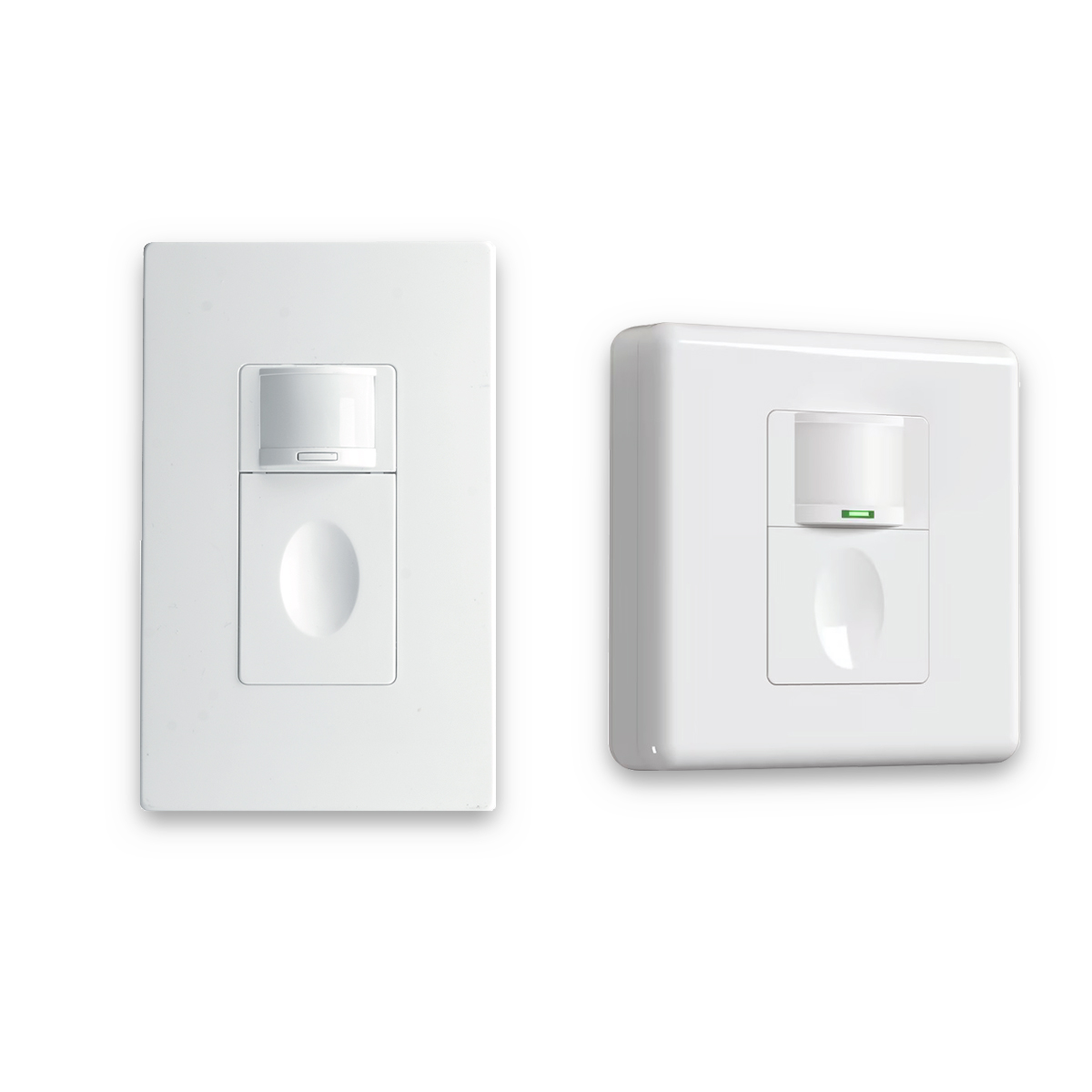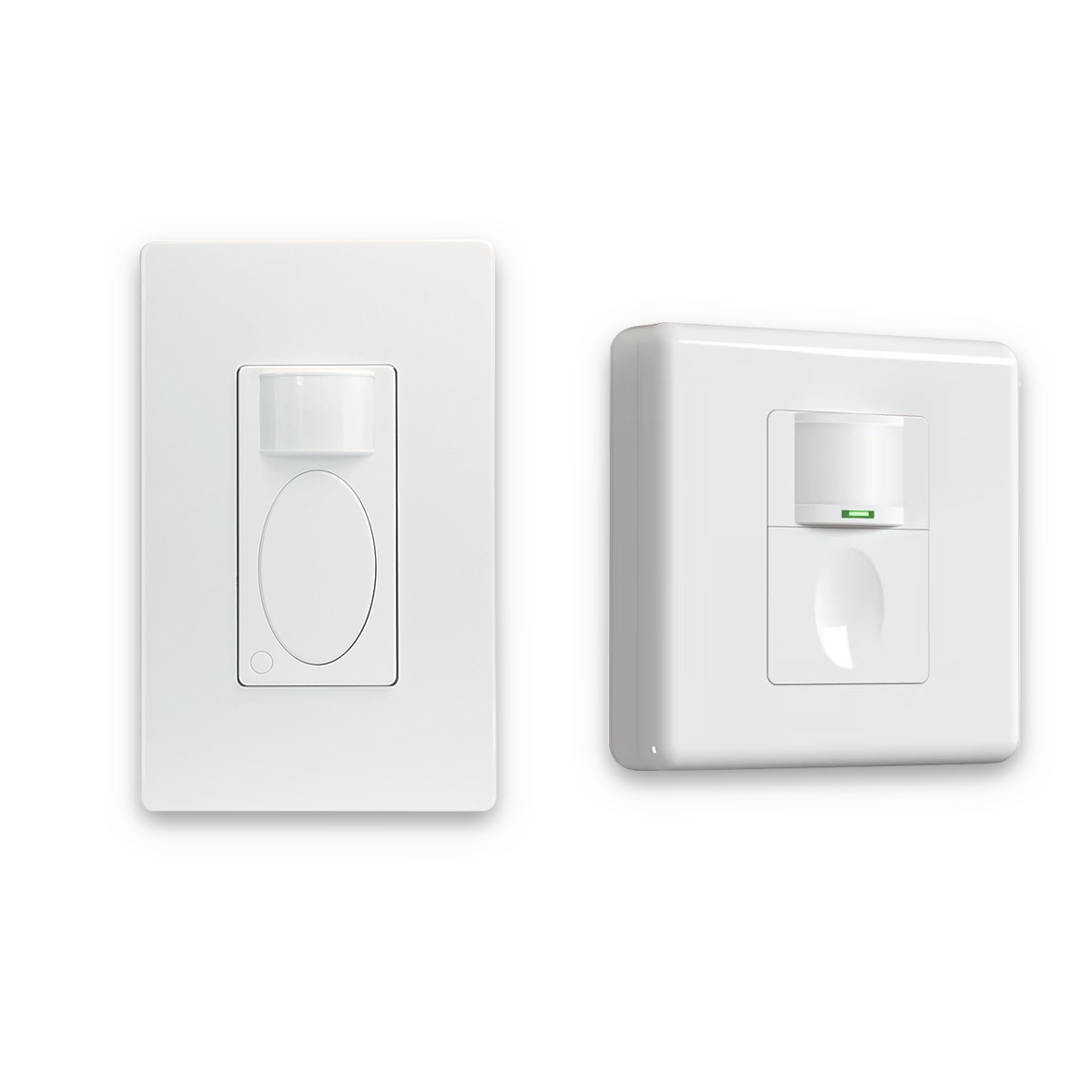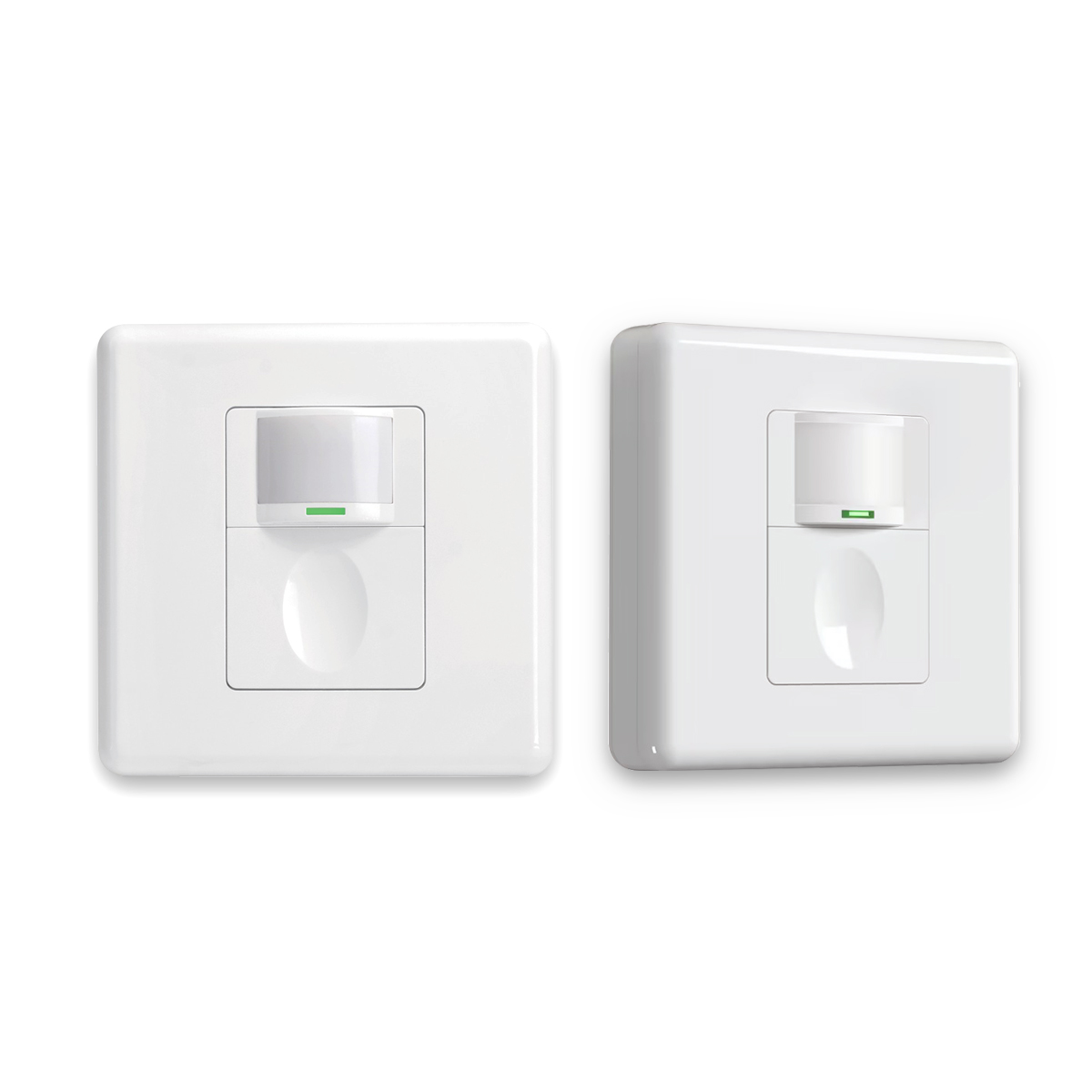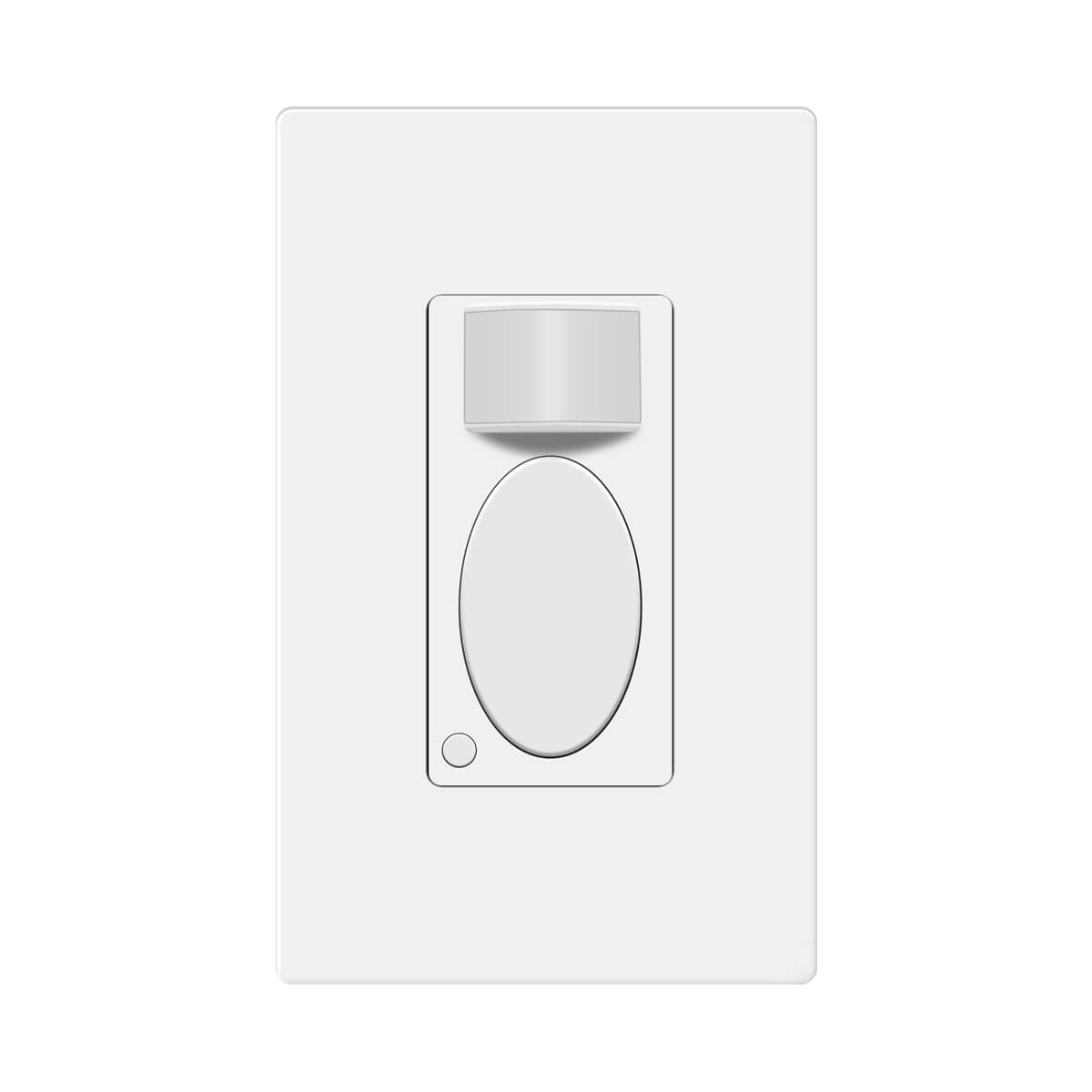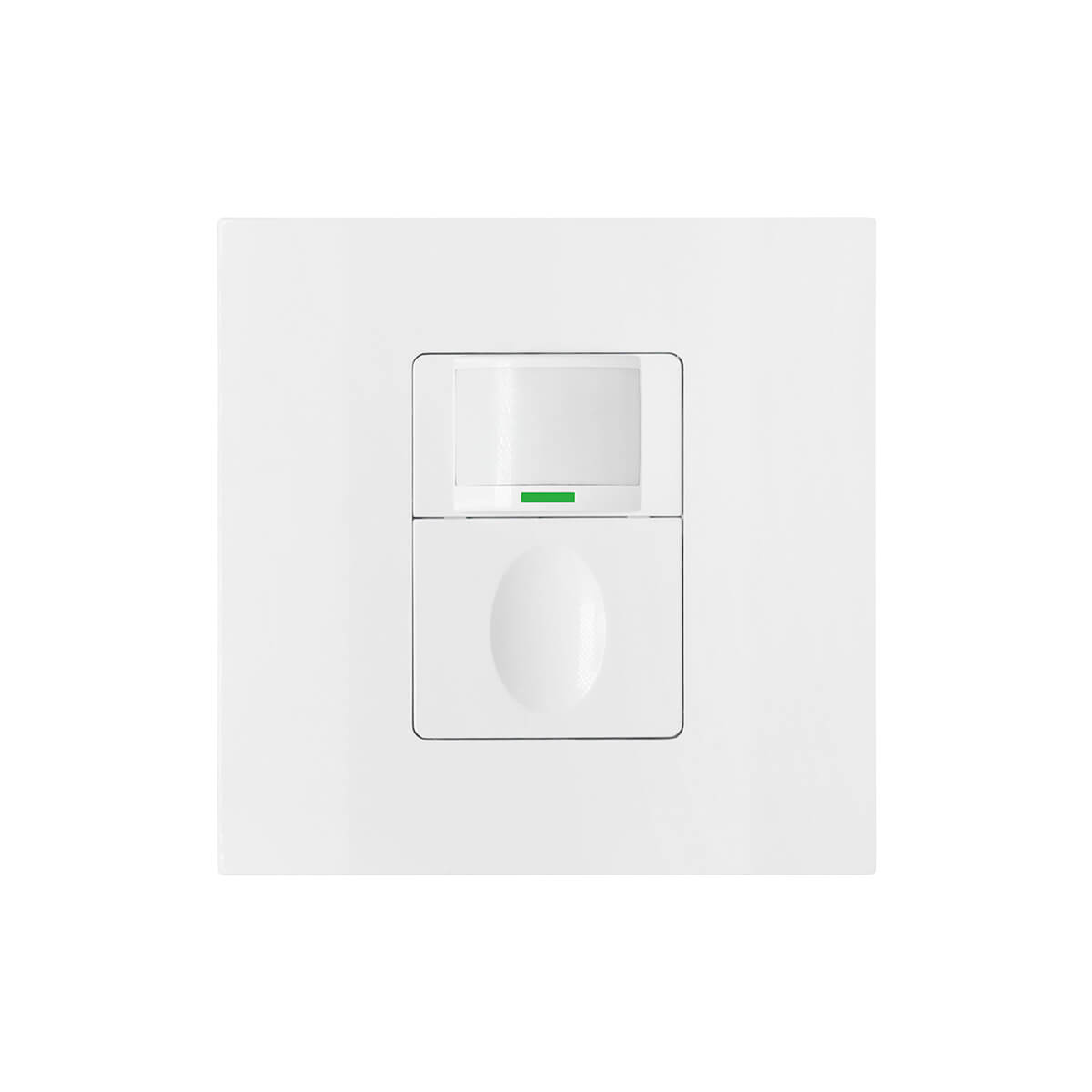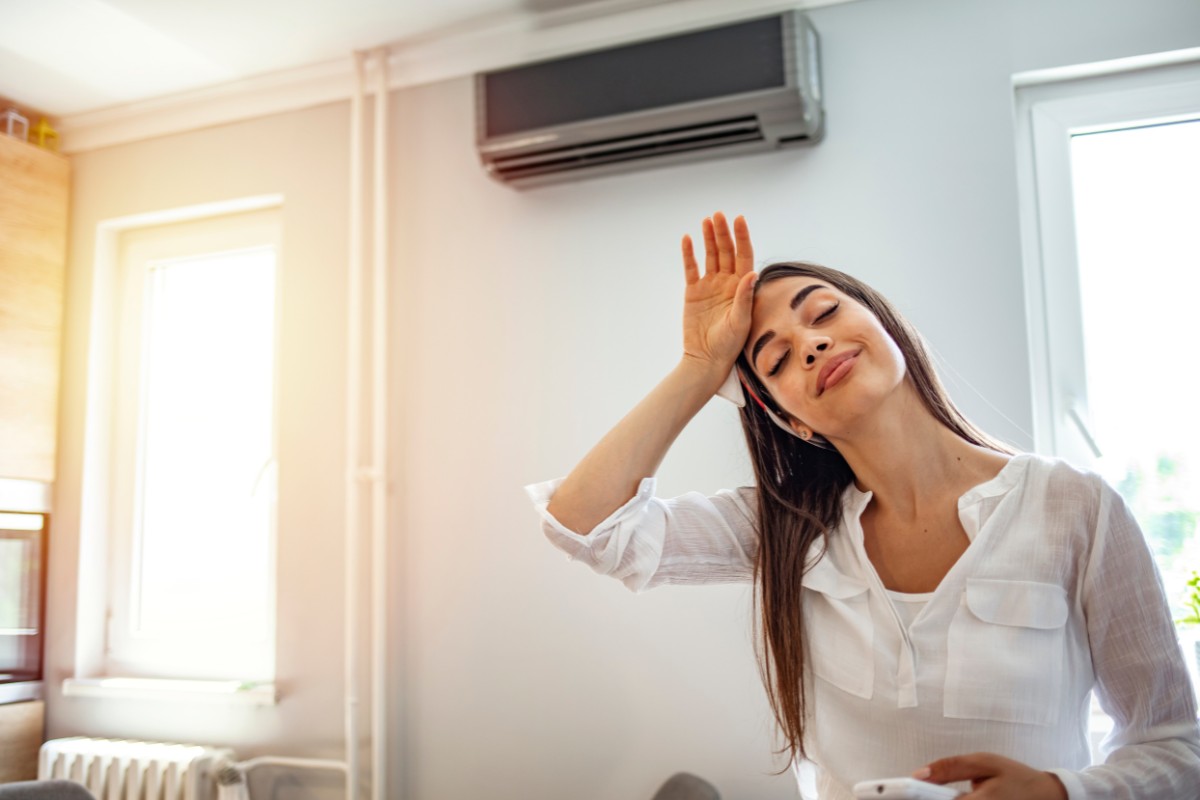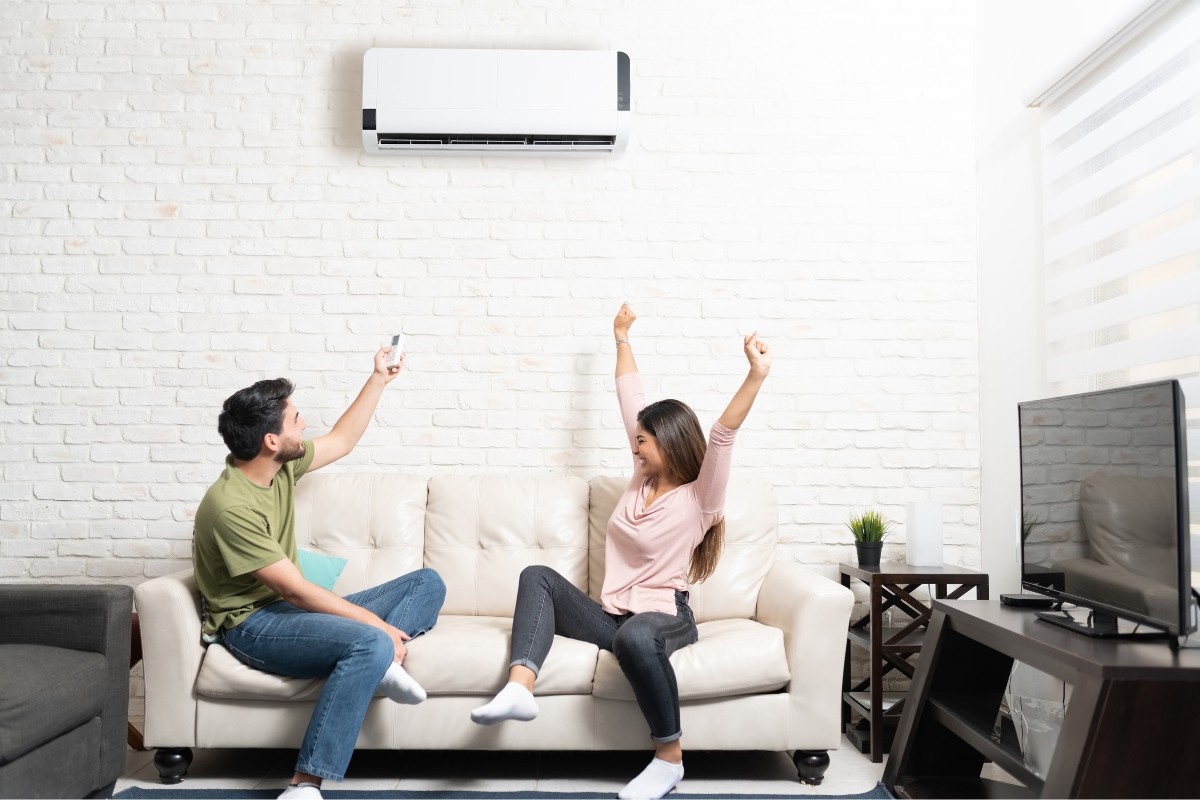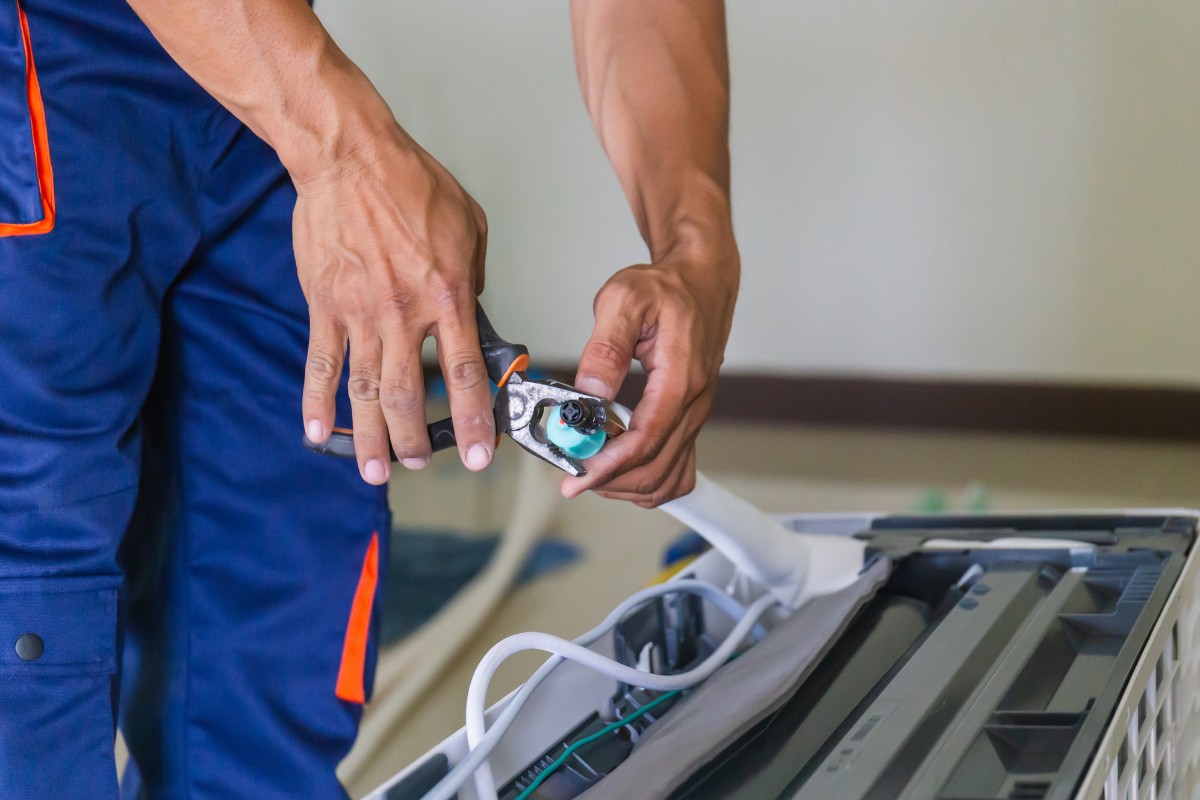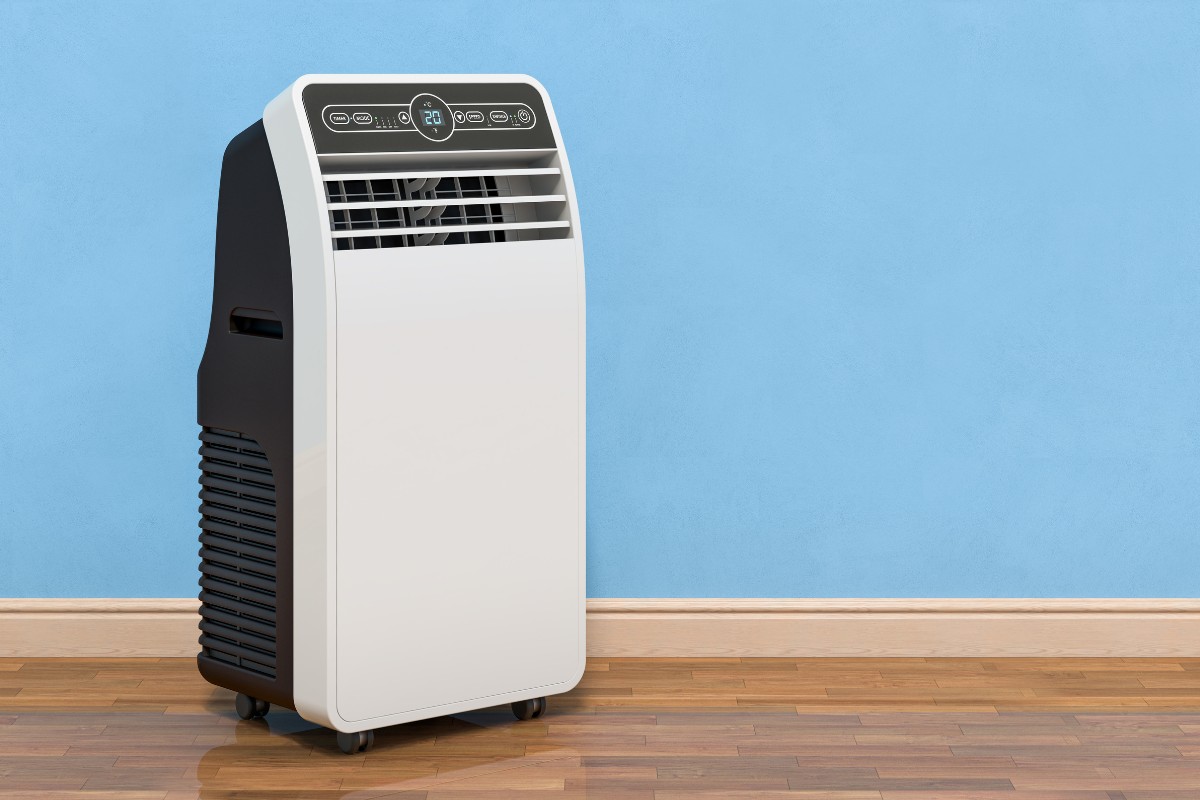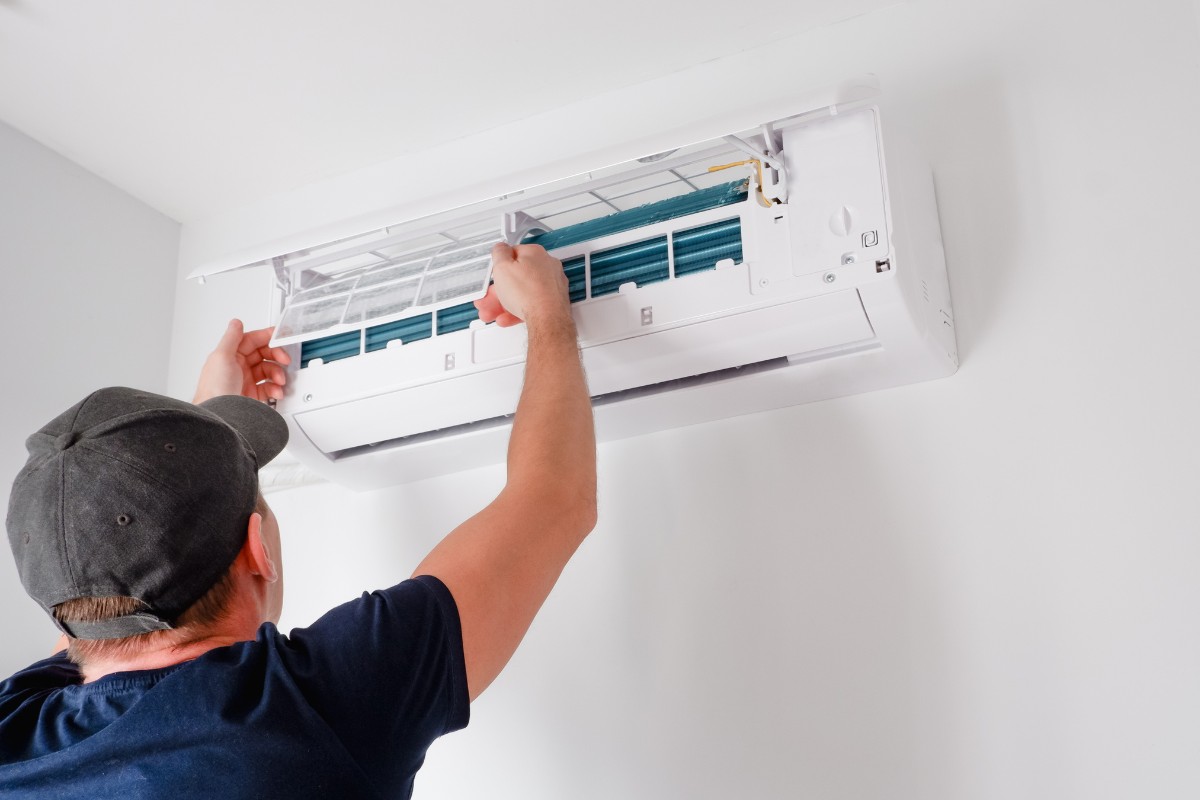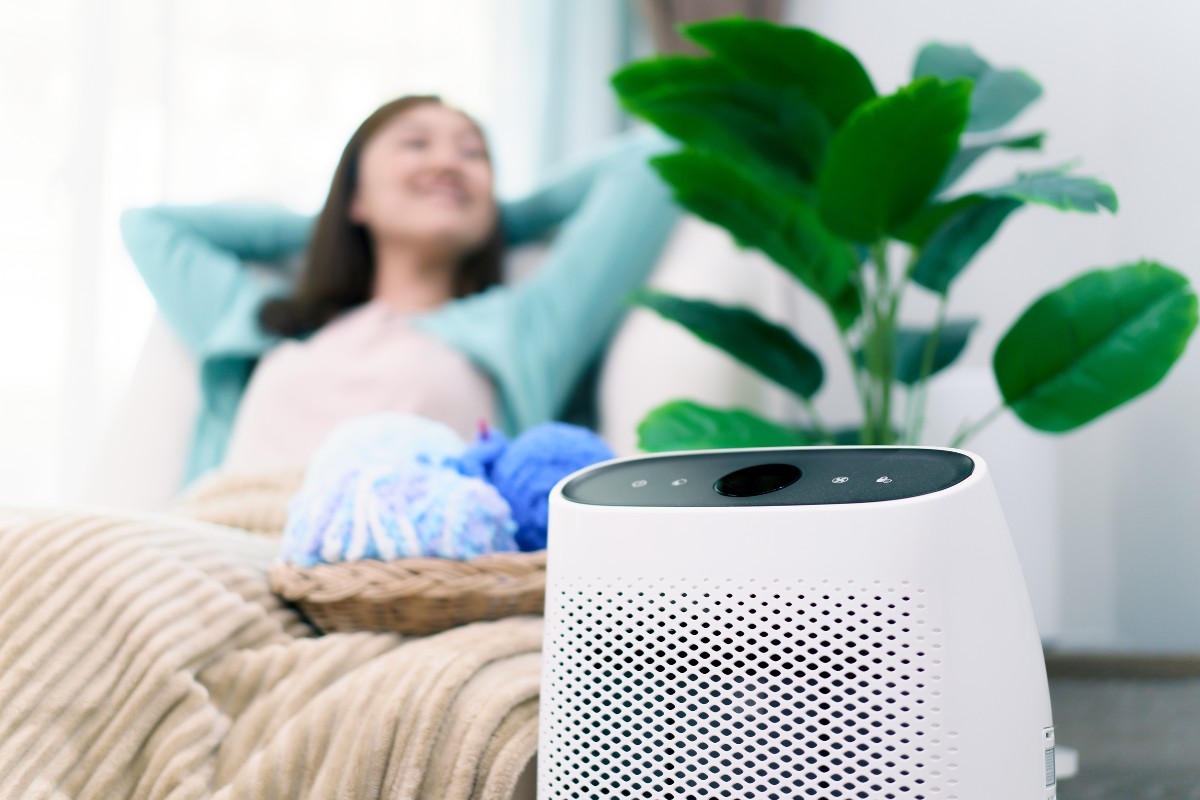What is Damp Location
Damp location is an interior or exterior area that is periodically or regularly exposed to moisture condensation on, in, or near electrical equipment. These locations can also include partially protected regions. Damp locations are characterized by the presence of moisture, high humidity, or the potential for condensation, but not direct contact with water. Examples of damp locations include bathrooms, laundry rooms, and covered outdoor areas like patios and porches.
Možná máte zájem o
When selecting light fixtures for damp locations, choose fixtures that are specifically labeled as “damp rated.” These fixtures are designed to withstand the moisture and humidity present in these areas without compromising safety or performance. It is important to note that damp-rated lighting solutions differ from wet-rated lighting solutions. Wet-rated lights are specifically designed to withstand direct exposure to water, such as rain or water splashes, and are suitable for outdoor areas where they may come into direct contact with moisture.
Často kladené otázky
What Is the Difference Between Damp and Wet Locations
One rating is specifically designed to handle direct exposure to water, while the other rating does not have this capability.
What Is a Damp Location Per NEC
The NEC defines a damp location as an area that is shielded from weather conditions and not prone to being saturated with water or other liquids, but is exposed to moderate levels of moisture. An additional note accompanying this definition offers a few instances of damp locations, such as “certain basements.”
Is a Shower Light a Wet or Damp Location
Indoor locations such as showers are classified as wet locations. If a light fixture can come into direct contact with water splashes or flows, it is considered a wet location. Dutton Brown Design’s light fixtures are mostly UL Listed for dry locations, indicating they are not suitable for wet environments like showers.
What Are Indoor Damp Locations
Indoor Damp Locations encompass areas such as indoor pool areas, utility rooms, and spaces above bathtubs or showers in bathrooms (where there is no direct water contact).
Can LED Bulbs Be Used in Damp Locations
LED bulbs that are listed for damp locations are commonly utilized indoors in areas such as laundry rooms, over showers and bathtubs, utility rooms, unfinished basements, and similar spaces.
Do You Need Damp Rated Lighting for Bathroom
No, you don’t always require damp-rated lighting in your bathroom. The majority of areas in these spaces are exposed to only minimal levels of moisture, and proper ventilation helps prevent condensation. Feel free to explore our selection of bathroom lighting options, which include dry, damp, and wet fixtures, to create your ideal oasis.
What Device Is Used in Damp Locations
For areas that are wet or damp, such as when it needs to be buried directly in the ground, UF-B (underground feeder) cable is the appropriate device to use. This type of cable is designed with solid, water-proof plastic vinyl sheaths that fully protect the individual conductors from moisture, making it suitable for damp locations.
Do Kitchen Lights Need to Be Damp Rated
An additional requirement is that fixtures should have a damp or wet location rating. It is important to note that most lighting fixtures available in the market are only dry-rated. In space-efficient bathrooms, sconces are preferred over pendants and chandeliers as they are more suitable for small spaces and can be easily adjusted around mirrors.
Is It OK to Put LED Lights in the Bathroom
LED light bulbs are a great choice for bathroom fixtures due to their energy efficiency and durability. According to the U.S. Department of Energy, LED bulbs can last up to 25,000 hours, making them a long-lasting option that outperforms traditional light bulbs. Additionally, LED bulbs are less likely to overheat, making them a safe and reliable choice for bathroom lighting.
What Does Zone 1 and 2 Mean in Bathroom Lighting
Zone 1 in bathroom lighting refers to the area directly above the bath or shower, extending up to 2.25 meters from the floor. On the other hand, Zone 2 pertains to the lighting positioned on either side of the bath, shower, or wash basin, up to 600mm (0.6m) outside the perimeter of the water sources, and also up to 2.25m from the floor. Any areas that are not within these designated zones are considered as outside zones.

